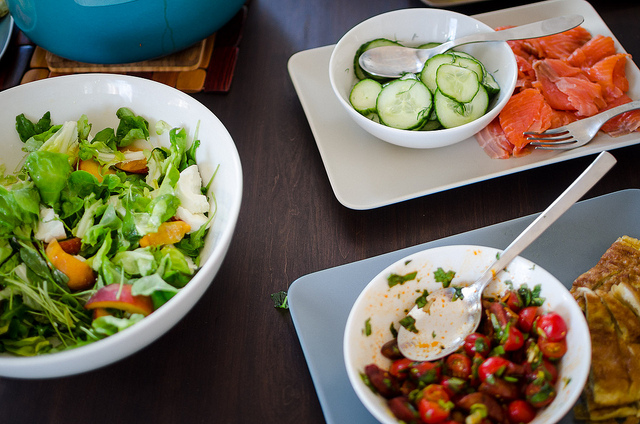We’re now mid-way through the first year of the AAAS Community Engagement Fellows Program (CEFP), funded by the Alfred P. Sloan Foundation. The first cohort of Fellows is made up of 17 scientific community managers working with a diverse range of scientific communities. As they continue to develop their community engagement skills and apply some of the ideas and strategies from their training, the Fellows will report back on the Trellis blog, sharing their challenges, discoveries, and insights. Today, in the last of a three part series of reflections on the Science of Team Science 2017 conference, Fellow Jennifer Davison explores several intensive retreat models for scientific collaboration.
Posted by Jennifer Davison, Program Manager at Urban@UW

and team building retreat. Credit: “Housewarming Party” by Mikko Kuhna, CC BY-NC-ND 2.0
The art and practice of providing specific conditions designed to spark novel projects is not new. Business incubators, science parks, and innovation districts are each designed to bring a diverse array of bright people into the same space and to facilitate their interaction, in order to trigger and support new collaborations. At Science of Team Science, many conversations explored how to cultivate research collaborations in a specific, similar way: through themed, time-constrained, highly curated, retreat-like events. I love these events when I’ve joined them, even though they may feel a bit scripted, because the potential of the partnerships and ideas is felt so strongly. And as program manager for Urban@UW, one of my roles is to encourage such collaborations, through as efficient means as possible. So I was interested in both the best practices for setting up such events, and the evidence for their effectiveness.
